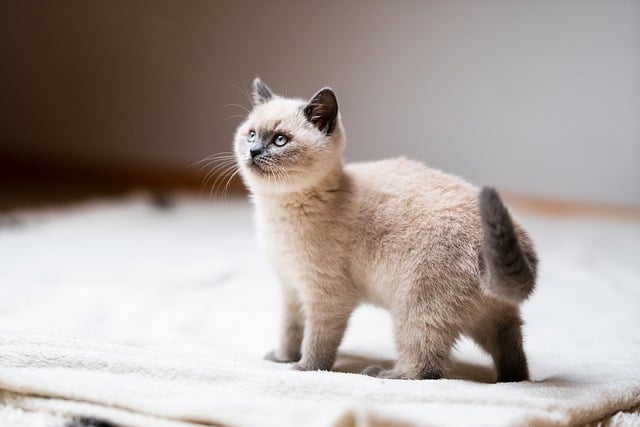Introducing a kitten to an older cat requires careful planning. Even friendly, single adult cats can face challenges when adapting to a new feline companion. Signs of distress, such as reclusiveness, excessive hissing, or changes in behavior, may indicate your older cat is struggling with the adjustment.
These reactions stem from a natural aversion to change, particularly when it involves their established territory. While this transition can be stressful, there are steps you can take to facilitate a smoother introduction.
1. Calming Your Older Cat: Before the arrival of the new kitten, consider using pheromones to create a soothing environment. Diffusers, sprays, and wipes can help your cat feel relaxed without resorting to medication. Start using pheromones a few weeks in advance.
If you anticipate stress, consult your veterinarian about nutritional supplements designed to promote calmness. These supplements don’t sedate your pet but help maintain a state of calm. Ensure you start them well before the anticipated stressful event.
2. Preparing Your Home: Arrange new items for the kitten, like food bowls, beds, and a separate litter box, around your home before the kitten’s arrival. Begin this process about a week in advance, allowing your older cat to become familiar with the new scents.
Designate a small, separate room (e.g., a bathroom) for the kitten’s initial retreat. Your older cat should have access to this room’s door to hear and smell the newcomer without direct interaction. Place the kitten’s essentials in this room along with a toy that belongs to your older cat.
3. Ensure Your Cat’s Health: Prioritize your older cat’s well-being. A healthy cat is better equipped to handle the arrival of a new kitten. Schedule a checkup with your vet to confirm its health and ensure vaccinations are up to date. This is especially crucial to prevent potential respiratory issues that kittens may bring into the home.
4. Introducing Your Cat to the New Kitten: Allow your older cat to sniff the new kitten while it’s in a carrier upon arrival. Immediately bring the kitten to its designated room. Provide easy access to essentials like litter box, food, bed, and toys. Avoid immediate face-to-face interaction between the two cats.
5. Gradual Introduction: Over the next week, allow the kitten to explore the house under supervision. Permit your older cat to observe from a distance. Avoid forcing interaction. Provide separate play sessions and attention for both cats.
6. Encourage Positive Interactions: Use treats, praise, and affection to reinforce positive interactions between your older cat and the kitten. This helps create positive associations.
7. Allow Boundaries to be Established: Understand that your older cat may need time to establish boundaries with the new kitten. Hissing and gentle swatting are normal behaviors in this context. As long as it remains non-aggressive, allow them to communicate and establish their dynamic.
8. Be Patient and Seek Professional Advice if Needed: Older cats may take time to adjust to a younger companion. Avoid rushing the socialization process. Gradual, timed interactions can help. If aggression persists, consult your vet or a behavior specialist for guidance.
Remember, with patience and careful planning, most cats learn to coexist and may even develop a fondness for their new feline companion.



